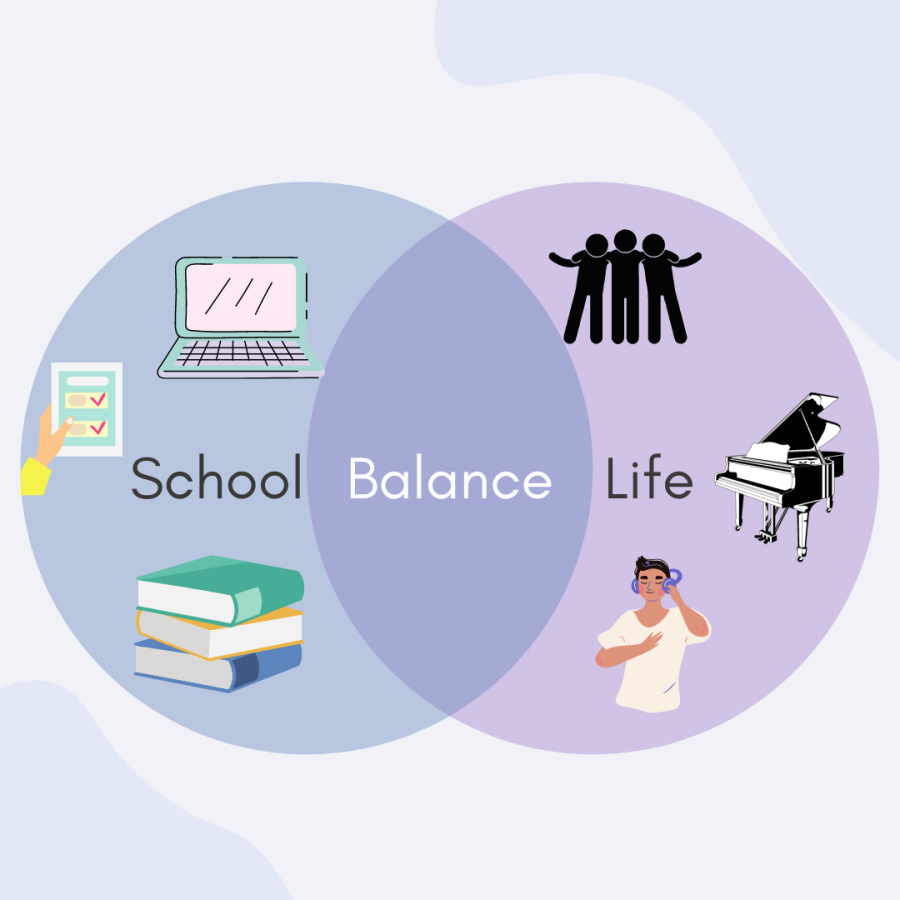The Dangers of Tanning
April 30, 2023
With the weather continuing to get warmer and the UV index coming to new high levels, people of all ages are outdoors more. Many of them crave the golden glow of the tan on their skin. However, our society tends to forget about all the risks involved.
While most people are aware of the most obvious risk of skin cancer, there are others that can affect your body equally, if not worse. Some other large effects include premature aging, eye damage, immune system suppression, and other skin conditions, such as actinic or solar keratoses.
A common effect of tanning consistently is premature aging, otherwise known as photoaging. While this is more of a long term effect, it is still quite damaging. The side effects of photoaging are wrinkles, dark spots and even leathery skin.
Caydence Berry, a freshman, said, “I always get a sunburn when I tan outside and get blisters from it.”
One of the least talked about risks that can occur is eye damage. When you are tanning, there is a probability that you can develop cataracts, a clouding of the lens of the eye leading to spotty blindness, or even photokeratitis, a sunburn in the eye. This can also be called “Snowy Blindness.”
Another risk that should be taken into consideration is immune system suppression. The World Health Organization (WHO) has found that over-exposure to UV radiation can suppress the skin’s natural defenses and the proper function of immune systems, which can increase sensitivity in the skin and cause reactions to certain medicines.
Junior Christina Jackson shared, “I hate tanning; everybody should stop because I’m tired of being made fun of for being pale!”
Actinic and solar keratoses have similar symptoms to skin cancer such as raised, rough and scaly bumps on the skin. These keratoses can be considered a type of growth that can result to be the earliest stage of skin cancer. These are caused by long-term exposure to the sun.
There are many risks concerning tanning. However, there are also ways to help avoid these risks, such as wearing sunscreen, monitoring how long you’re in the sun and making sure you stay cool and hydrated.



































